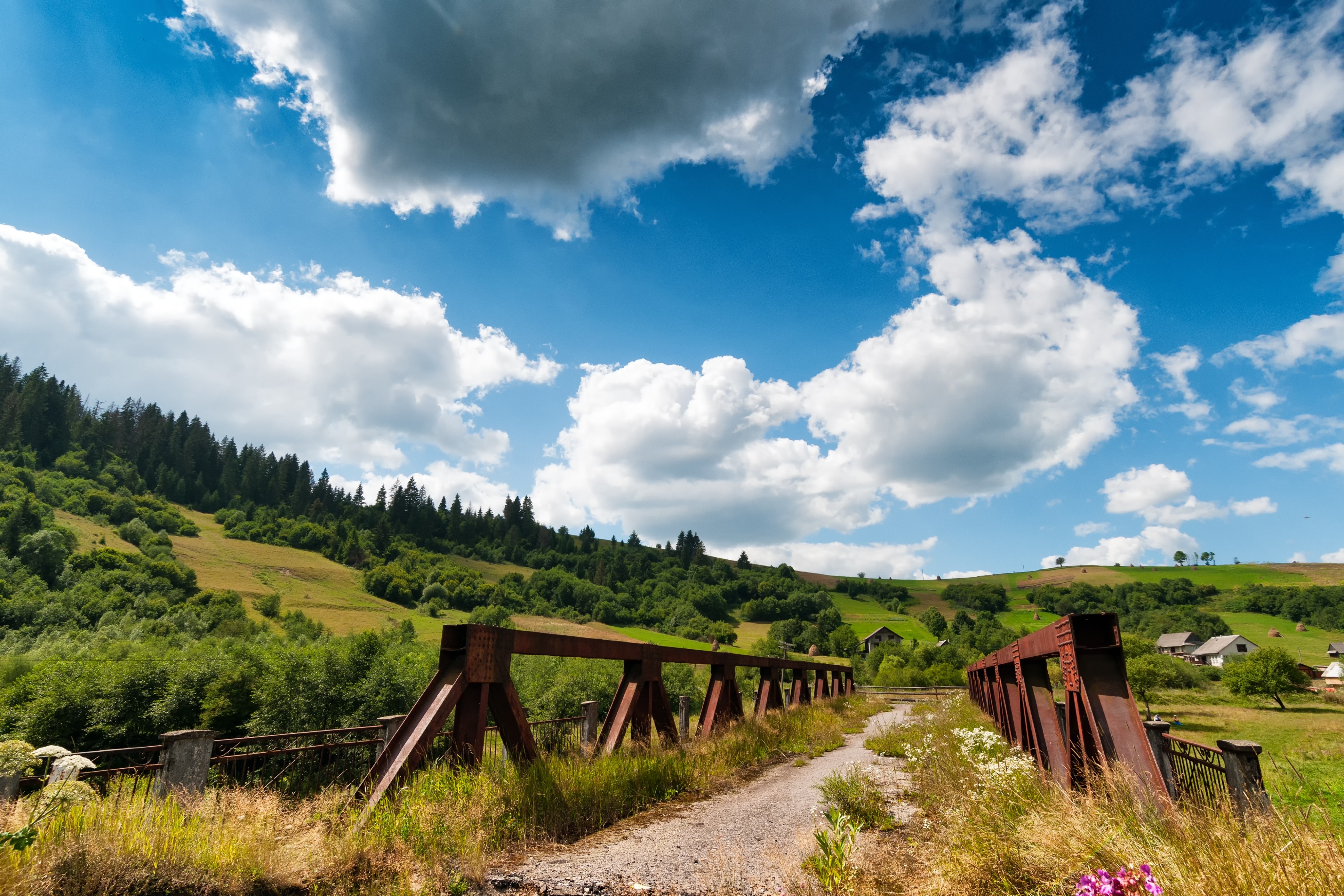To the East
Posted by Marcus Yoder on 2nd Apr 2018

We have been writing about how and when the Amish and Mennonites came to America and the unique challenges they faced. At the same time that these Anabaptists were coming to America, others were moving eastward. While not connected as closely to the history of the Amish, these people are a part of our Anabaptist community both historically and in the present day.
From the beginning of Anabaptism in the 1520s, there had been Anabaptists in Holland. Two of the principal leaders of those early Dutch Anabaptists were Dirk Philips and then Menno Simmons. It is from Menno that these Mennonites got their name. Some of these Dutch people had moved eastward in the 1560s and settled in lands in the Vistula Delta near Danzig, which is located in modern-day Poland. Here they drained the river lowlands using the wooden windmill and dike technology that had developed in Holland.
Here these Mennonites lived and worshiped for over two centuries. As is often the case, they had moved here in search of the religious freedom to worship, and, because of their belief in nonresistance, to not be conscripted into the military. The ruler of the area promised them this freedom, and the communities grew and prospered in both numbers and wealth. In the later half of the 1700s there was considerable opposition to the special freedoms granted these people, and the wealthy estates they developed.
At the same time, the ruler of Russia, Catherina the Great, invited German and Dutch people to settle lands in southern Russia, in what is modern day Ukraine. These Mennonites arranged a scouting party and many soon decided to settle in Russia. Catherina the Great promised special privileges to the Mennonites, including an exemption from having to serve in the Military. The first group of 55 people in five wagons settled on the left bank of the Dnieper River and named their settlement Chortitza.
Many more families of Mennonites made the journey from the Vistula Delta southward and by 1819 Chortitza had 560 families and 2,888 souls. The Russian government sold them the land as unit and it was then sub-divided into farms for each family. A few years later another settlement was started about 100 miles southeast of Chortitza, which they named Molotschna. By 1835 this settlement had a total of 1,200 families and an estimated population of 6,000 people living in villages throughout the settlement.
This migration of Mennonites eastward was different than the migration of Amish and Mennonites to North America. The colonies were sold large chunks of land and distributed them to the families from within. In the case of Molotschna, the colony owned 324,000 acres of rich land, while Chortitza had approximately 405,000 acres! In addition, the colonies rented some lands surrounding their own lands for agriculture usage. The colonies were self-governing in that they choose their own leader in both religious and civil affairs. Within the colonies were village leaders and other authorities that helped govern the lands and peoples.
In effect, these settlements became “little” pockets of German-speaking, self-governing lands that looked very different from the Russian people around them. They also became very wealthy and led all of Russia in agriculture output and development. Here these Mennonites were safe from the world around them, could function as they thought fit, and worship freely as they desired. It seems like all would be well in their world. But this would change rapidly in a few short years.
